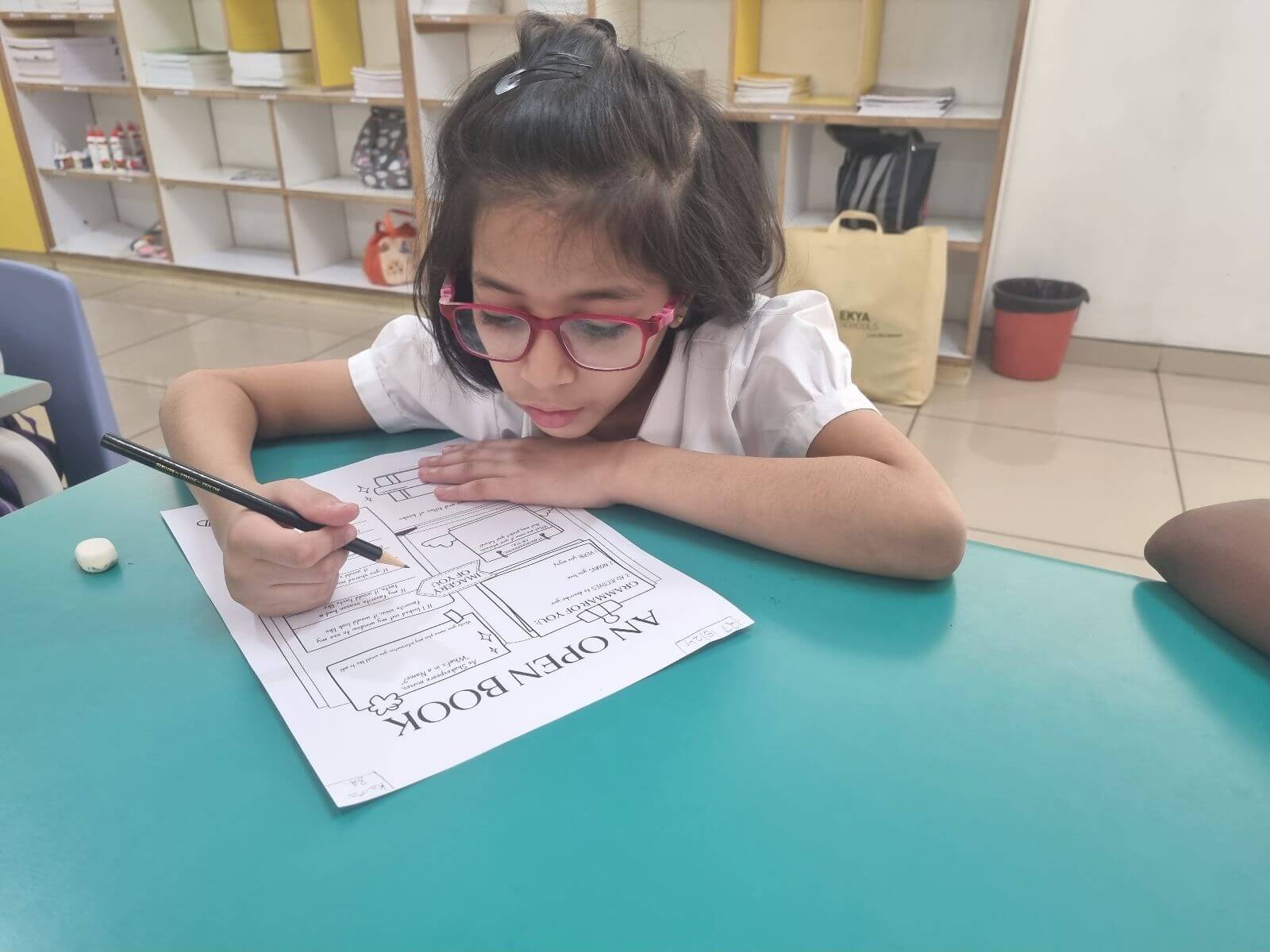Discover how Quick Draw, Quick Write can boost creativity, critical thinking, and student engagement in any subject. Learn how to implement it effectively today through this video.
In today’s classrooms, fostering creativity and critical thinking is just as important as teaching core academic skills. Quick Draw-Quick Write is an innovative instructional tool that encourages students to brainstorm, analyse, and reflect through visual and written expression. This engaging activity not only promotes higher-order thinking skills but also makes learning more interactive and enjoyable.
Quick Draw-Quick Write: A Simple Yet Powerful Instructional Strategy
Transcript (Revised)
Hi everyone!
In this video, we’ll explore Quick Draw-Quick Write —a versatile instructional tool that fosters creativity, critical thinking, and deeper learning. With this technique, students respond to a given prompt by either drawing or writing within a short, structured time frame. This exercise strengthens cognitive connections and encourages deeper reflection.
What is Quick Draw-Quick Write?
Quick Draw-Quick Write is an instructional strategy that helps students:
- Brainstorm and analyse information.
- Develop ideas and make connections between topics.
- Expand on their thoughts and reflect on their learning.
This tool encourages creative thinking while promoting higher-order thinking skills.
How Can Educators Use This?
Teachers can introduce Quick Draw-Quick Write at the beginning or end of a concept. Here’s how it works:
- The educator provides a prompt related to the topic.
- Students respond by either drawing or writing their ideas within a set time.
- After completing their responses, students can pair up and share their work with a peer.
Example of Quick Draw-Quick Write
Imagine your teacher asks: “If you had a magic garden, what would it be like?”
- Students brainstorm, then either write or draw their ideas.
- After completing their responses, they discuss and compare their ideas with a partner.
Quick Draw, Quick Write is a simple yet effective way to enhance student engagement and comprehension in any learning area.
We hope this video helped you understand how to use this tool in your classroom! Thank you for watching.
Key Benefits
-
Boosts Creativity – Encourages students to express their ideas in unique ways.
-
Enhances Critical Thinking – Helps students analyse concepts and draw connections.
-
Supports All Learners – Ideal for visual, kinesthetic, and linguistic learning styles.
-
Encourages Reflection – Reinforces understanding by allowing students to articulate their thoughts.

Examples of Quick Draw-Quick Write Prompts & Resources
Here are 20 engaging prompts that can be used across various subjects:
Science:
Draw and label the life cycle of a butterfly.
Imagine you’re an astronaut on Mars. Draw or write about what you see.
Illustrate and describe how photosynthesis works.
Draw a new species of animal and describe its habitat.
Mathematics:
Illustrate and explain how to solve a division problem using visual models.
Draw or write about a creative way to explain symmetry to a friend.
Sketch a real-world situation where you’d use percentages.
Create a visual representation of a word problem and solve it.
History & Social Studies:
Sketch a historical event from the perspective of someone who lived through it.
Draw and describe a landmark that represents your country’s history.
Illustrate a timeline of an important historical event.
Imagine you’re a journalist in the past. Draw or write a news article about a historical moment.
Literature & Language Arts:
Illustrate a metaphor or simile from a book you’ve read.
Write a short poem and illustrate its theme in a simple drawing.
Draw or describe an alternative ending to a story.
Illustrate a key moment from a novel and explain why it’s important.
Art & Creativity:
Invent a new animal by combining features of two real animals. Describe its habitat.
Draw an abstract representation of an emotion and explain your design.
Sketch a futuristic city and describe its features.
Design a book cover for your favourite novel and explain your choices.
Research and Resources
Studies show that integrating visual learning strategies like Quick Draw-Quick Write enhances comprehension and retention. Here are some valuable resources to explore:
Harvard Project Zero: Thinking Routines – A collection of strategies to develop students’ thinking.
Edutopia: The Benefits of Visual Learning – How incorporating visuals enhances engagement.
Cult of Pedagogy: The Power of Quick Writes – Insights into how short writing tasks improve student understanding.
Final Thoughts
Quick Draw-Quick Write is a simple yet effective way to promote creativity and deeper learning. Whether used for brainstorming, reinforcing concepts, or fostering peer collaboration, this tool is a great addition to any educator’s toolkit. Give it a try in your classroom and watch students engage with learning in a whole new way!
Have you tried other strategies or tools in your classroom? Here’s where you can find more: Explore Our Learn Page
